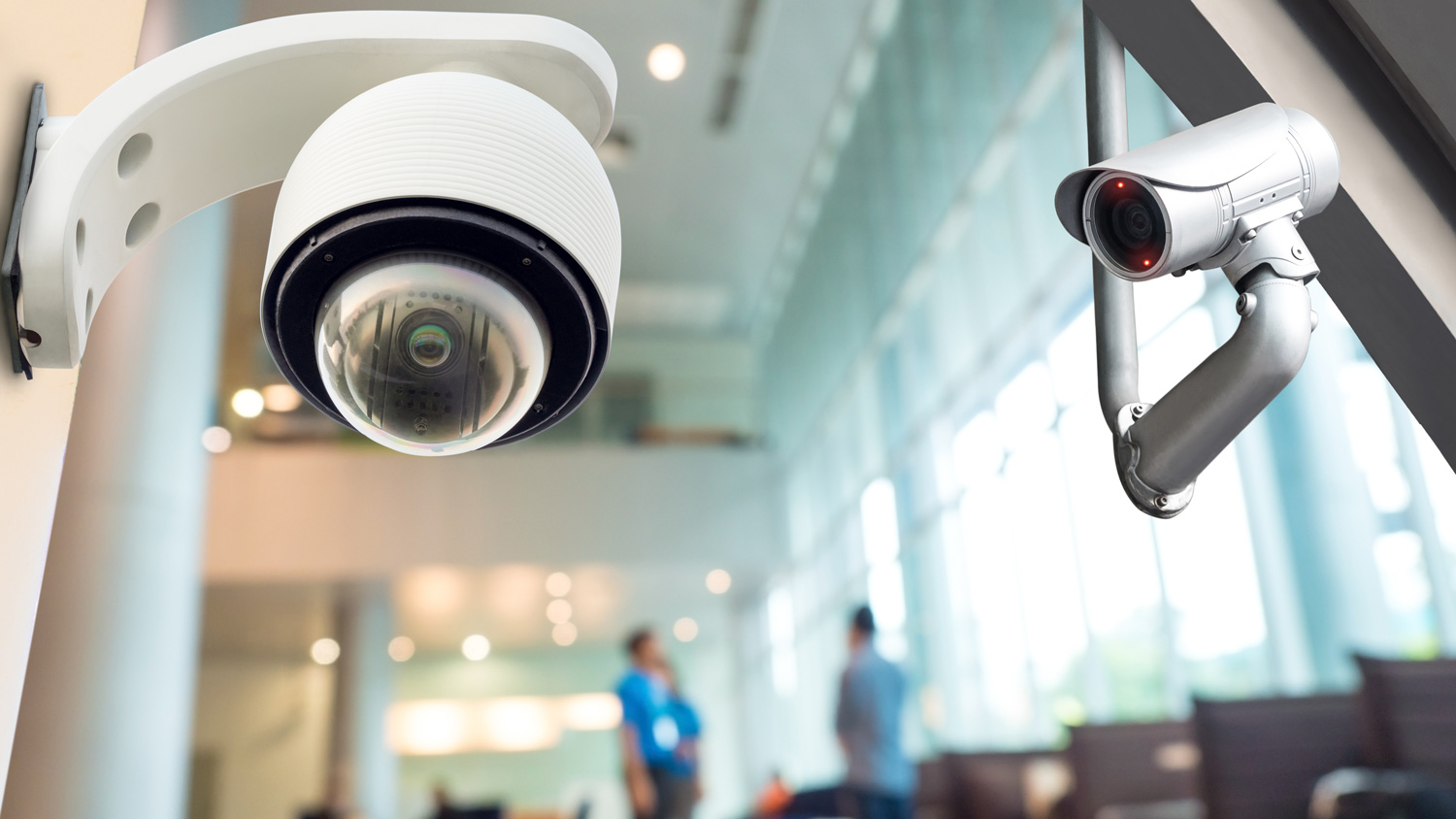
Workplace surveillance – one to keep an eye on?
COVID-19 has led to a rapid and substantial increase in homeworking but is posing a challenge for the ability of line managers and organisations to manage employees on the basis of trust and results, rather than hours present in an ‘office’. It may also lead to the rise of an increased desire amongst some to monitor employees, and indeed to extend monitoring to groups of employees not previously subject to workplace monitoring. An example of this was reported recently with the development by PwC of facial recognition software, which has the capability to log when employees working from home are away from their screens. The move has come in for quite a lot of criticism amid concern over issues of invasion of privacy and trust. The aim, according to PwC, was to support financial organisations in meeting regulatory requirements and so enabling employees involved in particular types of work to work from home if they wished to do so.
This is not the only example of the issue of workplace surveillance rising up the agenda for larger swathes of the workforce, and in particular for groups of workers who might typically be viewed as having greater power in the labour market. The issue of workplace surveillance was a critical one for HR professionals to have a legally defensible and reasoned position on prior to COVID-19, but it is only likely to become more so as we move inexorably towards more homeworking on a more permanent basis and as technology continues to evolve expanding the potential for and ease of monitoring. As an example, recent reports have highlighted the growing application of subdermal chips in and outside the workplace.
Workplace surveillance is perhaps as old as work itself and is deployed for a variety of legitimate reasons that can both serve business and employee interests. It is also, however, associated with reports of employees’ every move being monitored including trips to the toilet. With advances in technology, the ways and ease with which employee behaviour can be monitored has grown significantly. From wearables to facial recognition software, the capabilities of technology continue to challenge us to pause and give thought to what is effective, efficient and fair. It also provides fertile ground for organisations and HR professionals to make poor decisions, damaging their reputation as an employer and place of work.
Whilst the capabilities of technology and its potential to monitor employee behaviour in ever greater detail expand, what do we know about how employees’ view the possibility of being monitored in some way at work? IES has recently supported the CIPD in understanding more about the employee experience of technology at work. The research highlighted that nearly three-quarters (73%) of employees felt that introducing workplace monitoring would damage trust. Given the fact that a staggering 86% of employees felt that monitoring would increase in the future, the potential for a substantial trust gap emerging between employers and staff is a real threat to future harmonious workplace relations. In fact, there are reports that some employees have taken matters into their own hands with recorded rises in the sales of tools to evade digital monitoring software. For example, there has been a spike in demand for something called MoveMouse, a device which automatically moves a mouse around a screen to evade employers’ efforts to keep track of their staff.
One shouldn’t take from this that employees are resolutely against surveillance under any circumstances or would never see any potential benefit and are not persuadable of its benefits in certain specific circumstances. Whilst it is true that only a small minority of employees typically view surveillance at work as having more benefits than downsides, employees do anecdotally report benefits where it protects their safety, or can protect them in some other way, for example, against unfair customer complaints.
Previous research by the TUC has also demonstrated that different types of monitoring are more or less acceptable to workers. In general, it seems that monitoring of company assets seems broadly acceptable, whereas surveillance which is considered invasive or focuses on individuals is deemed much less so. In the latter category would be things such as the use of facial recognition software, the filming of individual employees, and wearable location-tracking devices. Equally, perhaps one of the key takeaways from the CIPD research is the importance of meaningful consultation of employees or their representatives in decision-making when it comes to the introduction of technology.
Whilst not solely about the use of surveillance technology, results from the CIPD research showed that the prevalence of consultation about the introduction of new technology was rather low. Roughly one-third of employees reported being consulted in the introduction of new technology at work. Yet, its potential impact on how employees viewed the introduction of that technology was significant. When consulted, the vast majority (70%) reported a positive impact on their job quality of new technology. The comparative figure for those not consulted was 20%. A significant gap in employee perceptions.
The important thing for HR professionals to have in mind is that issues around surveillance and monitoring are likely to grow, particularly in our current COVID-19 context. As such, it is important that HR professionals are familiar with both the law and relevant guidance in this area such as that provided by ACAS. Over and above that, HR professionals will benefit from:
- Reflecting on what their key decision-making principles may be in this area.
- Having a very clear business case about why monitoring technology is needed and have carefully considered the business benefits against the very real potential damage to employee trust and relations.
- Setting up and engaging in effective consultation with the workforce when thinking about introducing new technology.
- Paying very close attention to ensuring that different approaches and standards are not applied to different sections of the workforce and avoid further exacerbating inequalities in the workplace.
This article was originally published by, and is reproduced with the permission of, the Institute for Employment Studies.






